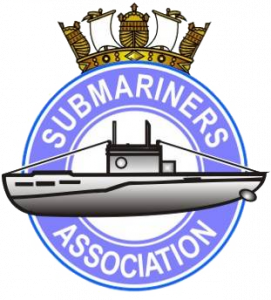Lieutenant Commander
Harrington Douty
EDWARDS
,
DSO
Royal Navy
30
Harrington Edwards was born on 22 December 1885, the son of Mr C R Edwards, the District Medical Officer of Antigua in the West Indies, and Ella Edwards of Harrow, Middlesex. He was born at Tyrells House, Antigua. He was educated in Cambridge from the age of 9 years old and in the Training Ship BRITANNIA.
He joined the Royal Navy in 1901. He gained five First Class and one Second Class Passes in his Sub Lieutenants Exams. Promoted Lieutenant in 1906, he was appointed to the Submarine Depot Ship HMS MERCURY ‘for Training’ then in 1907 to the Submarine Depot Ship HMS FORTH at Devonport ‘for Submarines’.
In 1909 he was appointed in command of HMS A13 and, just under a year later, in command of HMS C30. He returned to the Surface Fleet in 1912 for his ‘Big Ship’ time with an appointment to the Battleship HMS DUNCAN. This was followed by the Light Cruiser HMS BRISTOL and the Battleship HMS QUEEN in 1913. He returned to Submarines 1914 when he was appointed in command of HMS C23.
During 1915 an Anti-Submarine Tactic was developed in which a submarine was towed whilst dived by a decoy trawler. The first successful attack was when HMS C24 was being towed off Aberdeen by the trawler TARANAKI with Lieutenant Commander Edwards in command. A German U-Boat, U-40, duly appeared and Edwards advised C24 accordingly which, despite some difficulties in slipping the tow, made a successful torpedo attack on U-40 which sank some 50 miles southeast of Aberdeen. Edwards was awarded the DSO in July 1915 ‘for Services in connection with the sinking of U-40’. In his Citation for this award the Admiral Commanding the Coast of Scotland wrote:
‘was in command of “HMT TARANAKI” which was towing C24 on the 23rd of June 1915. Great credit is due to him for the successful manner in which the operation was carried out. Their Lordships appreciation expressed.’
At the end of 1915, he was appointed in command of HMS E5. He was lost with his crew in March 1916 on patrol in the North Sea to the North of Juist Island, most probably as a result of striking a mine.
He is commemorated on the Portsmouth Naval War Memorial Panel No 11.



